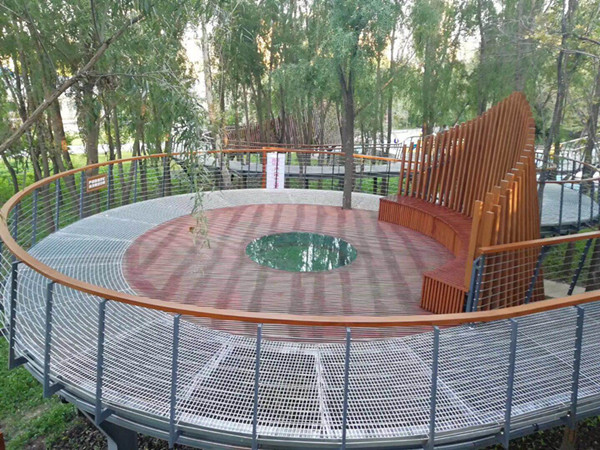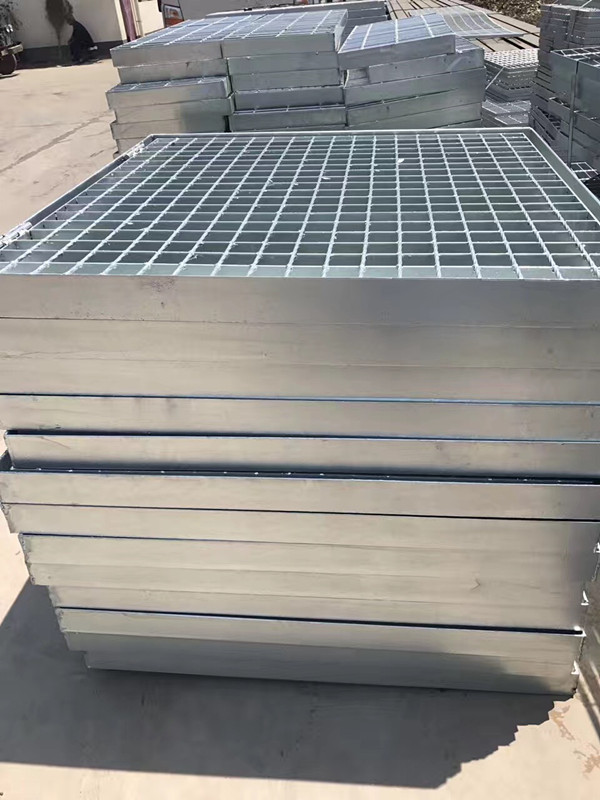According to the latest issue of Science and Translational Medicine, researchers at the Stanford University School of Medicine have determined the mechanism of surgical adhesion formation and possible treatments.
After abdominal surgery, smooth organs are tied together or fixed to the abdominal wall, and abnormal fiber connections called adhesions often occur. Symptoms caused by adhesions include chronic pain, female infertility, intestinal obstruction, and occasional death. The annual cost of postoperative adhesions in the United States exceeds $1 billion.
Researchers at Stanford University have developed a mouse model of adhesion to identify cells responsible for adhesion formation. Studies have shown that antibody-based therapies can break the already formed adhesions. The researchers found that the combination of two antibodies -- one that targets adhesion-forming cells, and the other that does not eat me signaling that cancer cells use to evade the immune system -- can significantly reduce adhesions in animals. The severity of the situation.
The researchers used a mouse model to track the formation of adhesions and the pattern of gene expression produced in the mesothelium. It was found that in mice, mesothelial cells respond to hypoxia by making a protein called HIF1α, which in turn promotes the expression of other proteins necessary for adhesion formation. When the researchers treated mice with a small molecule that inhibits HIF1α activity, the degree of adhesion produced was significantly reduced.
The study also found that treatment of animals with antibodies that bind to mesothelin, a damaged mesangial cell-specific protein, significantly reduced the severity of established adhesions. Combining anti-mesothelin antibodies with anti-CD47 antibodies has a greater effect, suggesting that flow immune cells called macrophages engulf diseased or dying cells and may also play a role in removing abnormal fibrous tissue. .
Finally, the researchers analyzed adhesion samples removed from the human body and found that human tissue expressed many of the same genes and used biological pathways similar to those found in mice. Researchers believe that similar antibody treatments can also help prevent or treat the formation of human adhesions.
Steel Grating
The steel grating be welded to products . Normally, hot galvanizing will be carried out after end welding process. The range PH6 to PH12.5, a stable protective film will be formed on the zinc surface, the hot dipped galvanized steel grating has good anti-corrosive property. Of course, the steel grating also have other surface treatment, for example painted and powder coated .
Steel grating can be cutting to different kinds of shape as per your special needs.
Steel grating including flat grating, 'I' shape grating, serrated grating.
In generally , the steel grating be used as stair tread, platform, fence, trench cover, ceiling, etc.
The advantage of steel grating :
firm welding
smooth surface
high strength


Steel Grating,Stainless Steel Grating,Galvanized Steel Grating,Hot Dipped Galvanized Steel Grating
ANPING COUNTY SHANGCHEN WIREMESH PRODUCTS CO.,LTD , https://www.scwpwiremesh.com